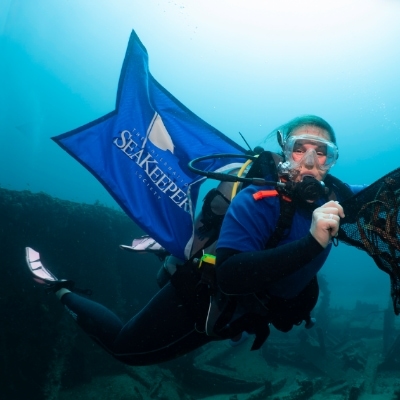The Ocean Cleanup Research Programme: Tracking Plastic Pollution with AI Cameras
Project Overview:
Ocean plastic is widely spread, unevenly distributed, and constantly shifting. To succeed in cleaning the oceans, The Ocean Cleanup requires up-to-date information on where the plastic hotspots are to better inform cleanup efforts. The Ocean Cleanup’s Automated Debris Imaging System (ADIS) uses AI-powered cameras that collect surface imagery of plastics, information on the plastic type and location are stored on the unit and uploaded to The Ocean Cleanup databases when the camera is in port, using an inbuilt SIM.
ADIS has been endorsed as an official Action under the United Nations Decade of Ocean Science for Sustainable Development.
Program Partners
- The Ocean Cleanup
Location
- Global: targeting the five subtropical gyres (North Pacific, South Pacific, North Atlantic, South Atlantic, and Indian Ocean garbage patches). Examples of valuable/common vessel routes include Hawaii to California, Australia to Réunion Island, Chile to Rapa Nui, Brazil/South Africa or/to St Helena, Ascension and Tristan da Cunha.
Expected Time Frame
- Ongoing
Citizen Science activity parameters listed above are flexible and negotiable.
Regions of Interest (5 gyres in blue)

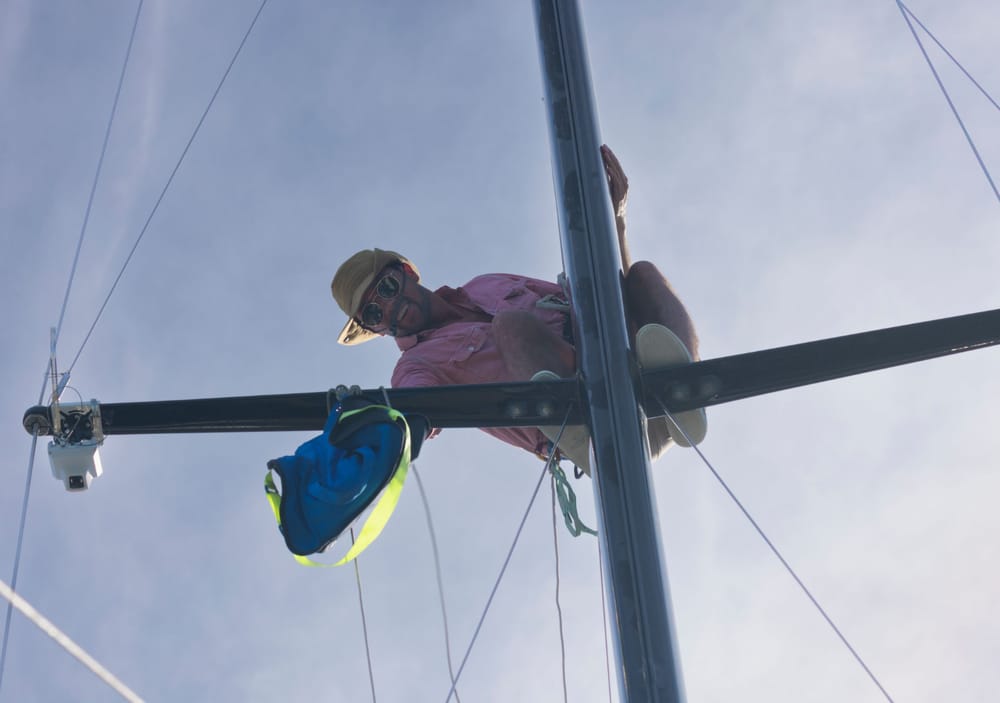
Background:
The Ocean Cleanup, a Dutch-based NGO, develops and scales technologies to intercept plastic in rivers and remove plastic pollution from the oceans. Marine plastic pollution poses significant threats to ocean ecosystems, fisheries, tourism, and human health. Offshore, plastics entangle wildlife, transport invasive species, and contribute to chemical exposure and starvation in marine animals. Current estimates suggest that approximately 3 million tonnes of buoyant plastic litter are adrift at sea, with larger items (>2.5 cm) making up the bulk of the mass. Ocean currents, winds, and waves concentrate floating plastics in five major oceanic gyres, commonly known as ocean garbage patches. The most studied is the Great Pacific Garbage Patch (GPGP), located between Hawaii and California, which has been extensively mapped and modelled. This work has yielded insights into plastic accumulation dynamics, material sources, and strategies for scalable removal. In contrast, the other remaining ocean gyres, particularly in the southern hemisphere remain largely unexplored for both plastics and ecosystem research.
Mission:
The goal of this project is to generate robust, spatially extensive data on ocean plastics that can inform global models, identify hotspot regions for cleanup, and support policy and technological solutions to reduce plastic entering the ocean.
Data Impact:
The project’s results will contribute to international efforts addressing marine plastic pollution, including the UN Sustainable Development Goals and the UN Decade of Ocean Science. The Ocean Cleanup also shares findings through open-access publications, global microplastics databases (such as AOMI and EMODnet), and intergovernmental discussions, including the UN Treaty on Plastic Pollution.
Relevant/Previous Scientific Publication(s):
How to Participate:
To request an Automated Debris Imaging System and begin tracking plastic pollution, please contact SeaKeepers’ Citizen Science Manager at rosemarie@seakeepers.org.
Program Partners:
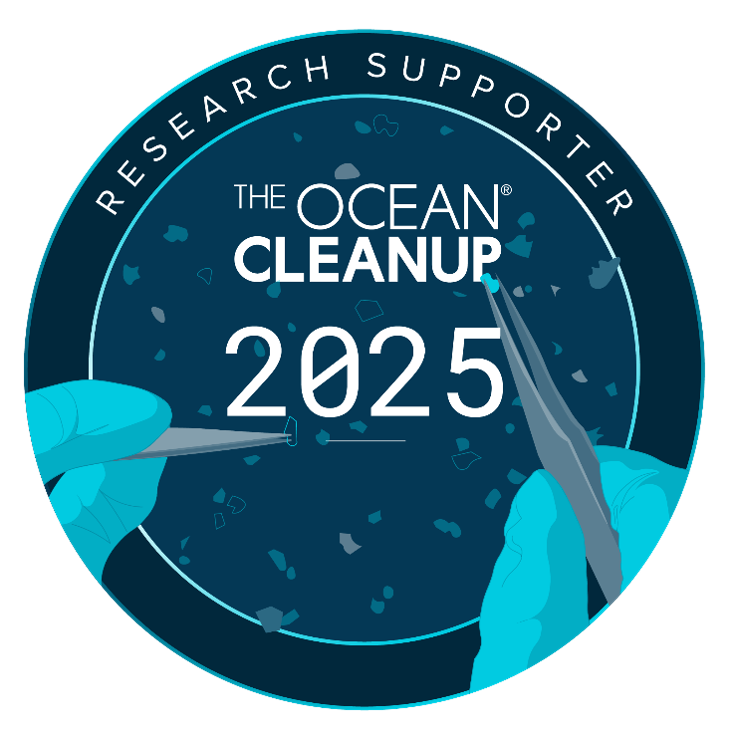
Get Involved
If you’re interested in learning more about this specific program opportunity, please reach out to our team below to find out more about this program or get involved in other opportunities with SeaKeepers.
Explore More Opportunities
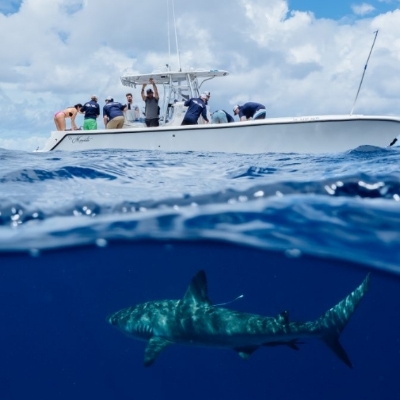
At-Sea Opportunities
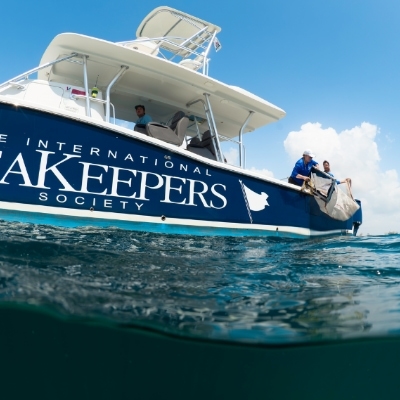
Citizen Science Opportunities
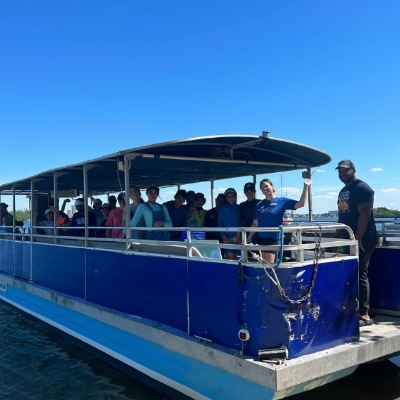
Education Opportunities
